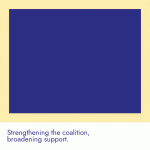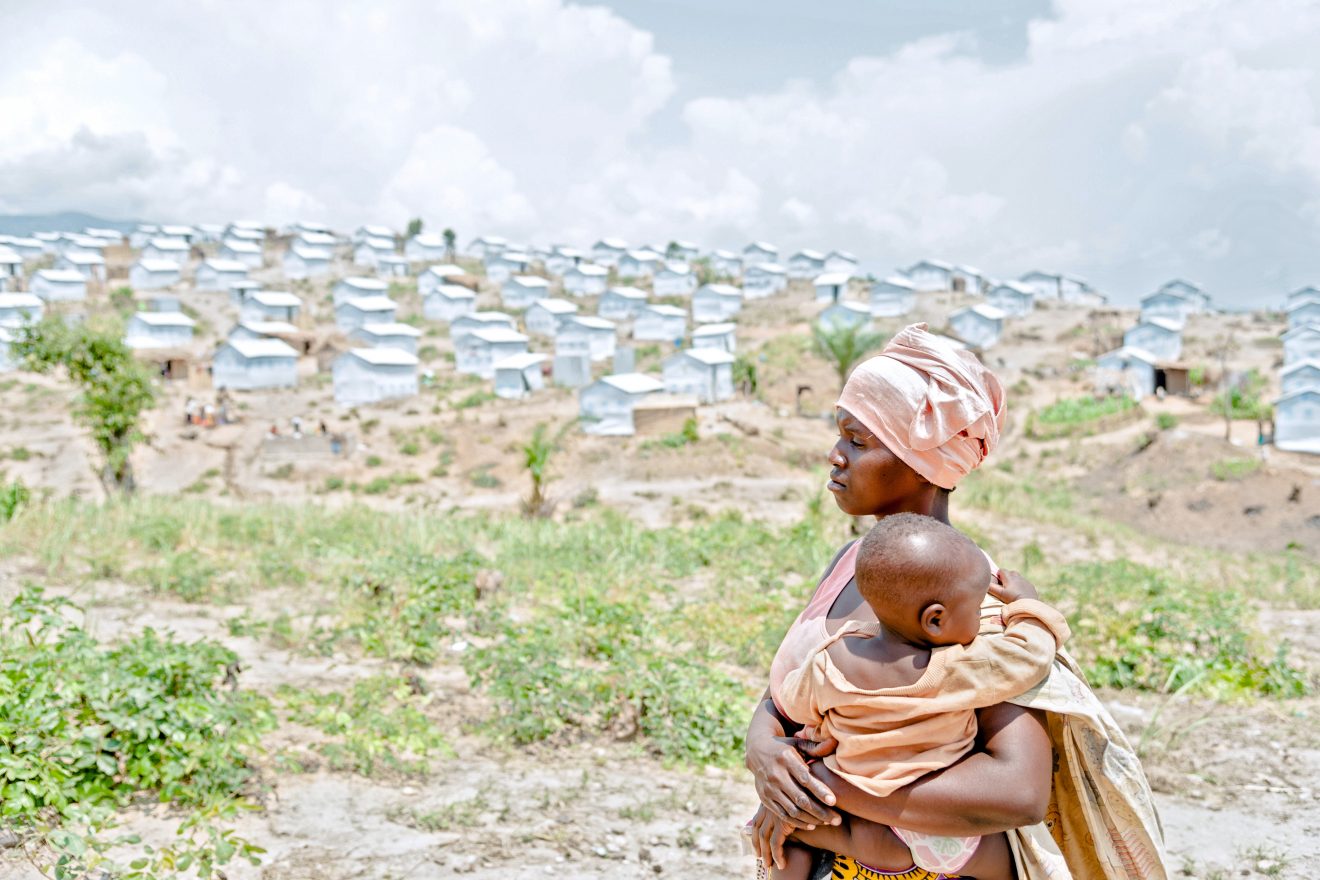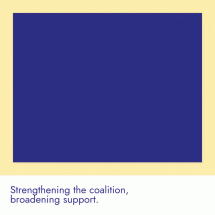The Executive Committee met in NewYork on 15 March 2019 to validate the Guidance Note of the Secretary General on “ The United Nations and Land and Conflict ”.
Developed under the leadership of the GLTN and UN-Habitat, in collaboration with a Core Group of UN agencies including DESA, DPPA, DPO, FAO, OHCHR, PBSO, UNDP, UNEP, UNHCR and UN-Women, the Guidance Note is significant. For the first time, the UN system is developing a coherent approach to address land issues to prevent, mitigate and resolve conflicts.
There is now ample evidence that land is one of the key root causes of conflict and is often the underlying factor that hinders recovery and sustainable peace. Additionally, the importance of land in conflict is only likely to increase with the growing pressures of climate change, population growth, increased food insecurity, migration and urbanization.
The need to address land in conflict discussions, has been increasingly recognised by the UN and recent reform efforts related to peacebuilding and peacekeeping have called for more understanding of what is termed conflict’s “root causes”. Indeed, for many countries where the UN works, conflict management and resolution are often at the heart of mission and land is one of the key underlying factors.
UN-Habitat undertook a UN-system wide review of the UN engagement on land and conflict across 2014 – 2016. Over 20 UN entities took part (see the Scoping Study) and showed how land must take greater priority in developing peaceful and sustainable responses.
This guidance note provides timely guidance to the UN. It will help UN Agencies focus on interventions that drive change as well as strengthen partnerships and capacity across the UN system. Furthermore, the approach outlined in the note builds on key lessons and experiences from the field (see “Lessons from the Field on Conflict-Sensitive Land Governance and Peacebuilding” 2018 ).
Work still needs to be done. Member state level discussions on conflict must ensure that land is central to those deliberations and any solutions developed. UN-Habitat has and continues to engage member states bilaterally, as well as regional institutions and International Financial Institutions (IFIs)
In addition, with the review of SDG 16 (peace, justice and strong institutions) on the agenda of the High-Level Political Forum this July, there is an opportunity to discuss land, natural resources and conflict and what practical tools entities like GLTN and UN-Habitat have to offer. The Guidance Note of the Secretary General on “The United Nations and Land and Conflict” will be an important piece of this discussion.
We celebrate the UN for embracing this guidance note and thank GLTN and UN-Habitat for making an important contribution to the UN system. With the Guidance Note’s validation, we look forward supporting the future activities of the Core Group in incorporating the Note’s principles, for the benefit millions of people affected by conflict every day.
More Information:












